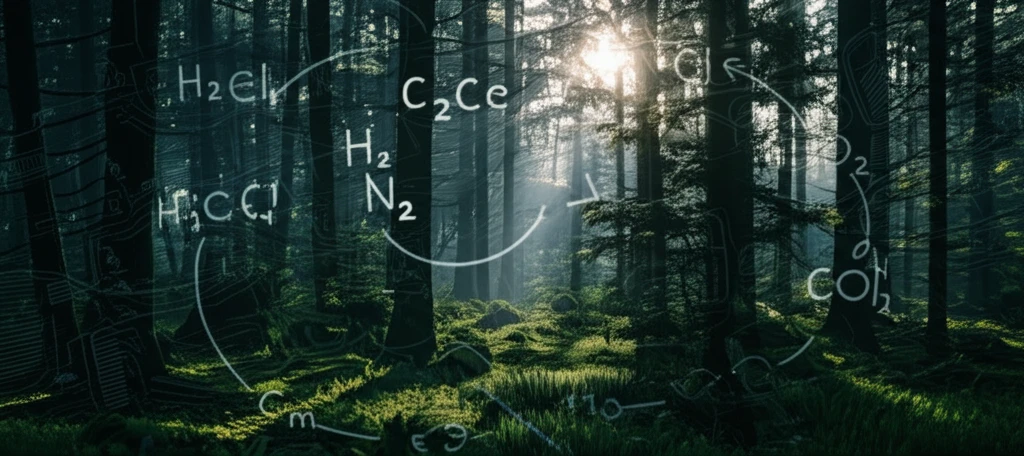
Decoding the Forest: How Age and Climate Shape Carbon Storage
"Uncover the hidden dynamics of forest carbon allocation and what it means for our planet's health."
Forests are vital. Not only do they give us oxygen and a home for a variety of animals, but they're also key players in the global carbon cycle. How trees distribute carbon among their different parts—foliage, stems, branches, and roots—affects their growth, the rate at which organic matter decomposes, and the amount of water that moves between plants and the atmosphere.
Scientists are always working to understand these complex processes. While studies have looked at plant growth by examining living biomass, or the ratio of biomass in different organs, there's still a lot we don't know about how trees allocate carbon. This is important because understanding carbon allocation can help us understand and predict our climate future.
Now, a new study is shedding light on this topic. Researchers have analyzed data from over a thousand natural forest plots in China to explore how net primary production (NPP) is distributed in trees of different ages and under different climate conditions. Their findings reveal some fascinating relationships between forest age, temperature, and carbon storage.
The Delicate Balance: Age, Climate, and Carbon Allocation

The research team analyzed a comprehensive dataset of 1,089 natural forest plots from the Chinese Ecosystem Research Network (CERN). This dataset included various forest types and detailed information on factors like forest age, mean annual temperature (MAT), and net primary production (NPP) in different parts of the trees.
- Age Matters: Across all forest types, younger plants tend to allocate a higher proportion of their NPP to stems, branches, and roots. As trees mature, an increasing proportion of NPP is directed to foliage.
- Temperature's Influence: Mean annual temperature (MAT) showed a negative correlation with the proportion of NPP allocated to foliage and roots. Conversely, higher MAT values were associated with a greater proportion of NPP directed to stems and branches.
- Direct vs. Indirect Effects: Independent effect analysis showed that forest age has a more direct influence on foliage and root allocation, while MAT plays a relatively more important role in stem and branch allocation.
- Combined Impact: Forest age and MAT together have a stronger combined effect on NPP allocation in broad-leaved forests. However, in needle-leaved forests, the influences of age and MAT varied considerably among different forest types.
Why This Matters: Implications for Ecological Models
This research offers valuable insights for understanding how climate and forest age influence carbon storage. It also provides a solid foundation for developing more accurate ecological models. By incorporating these findings into models, we can improve our ability to predict how forests will respond to climate change and how they can be managed to maximize carbon sequestration. It's a step forward in our quest to harness the power of nature in the fight against climate change.
